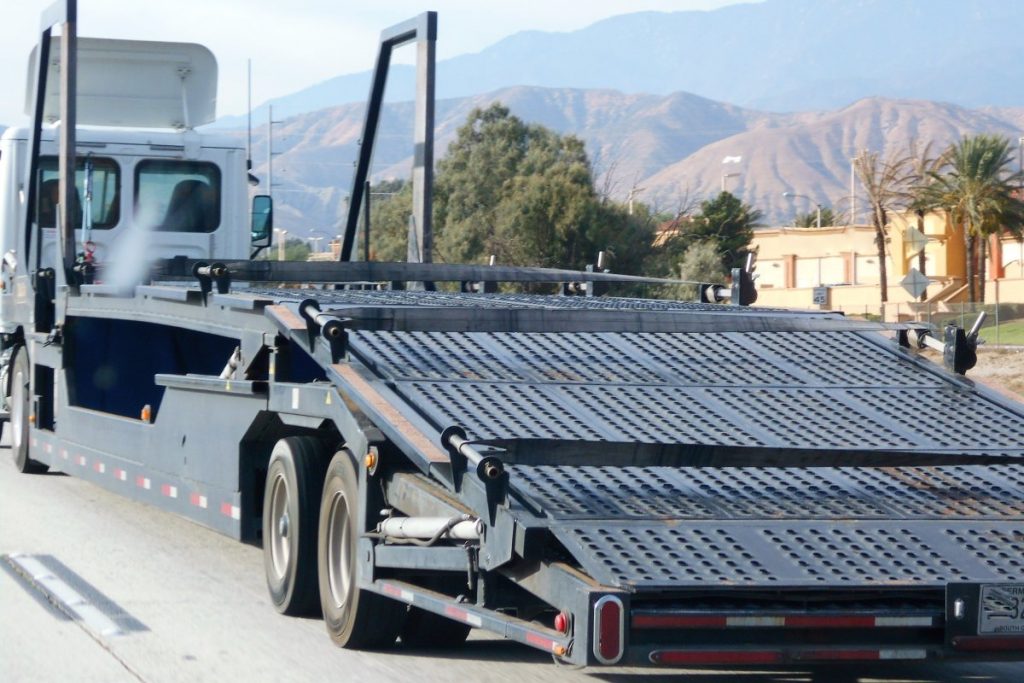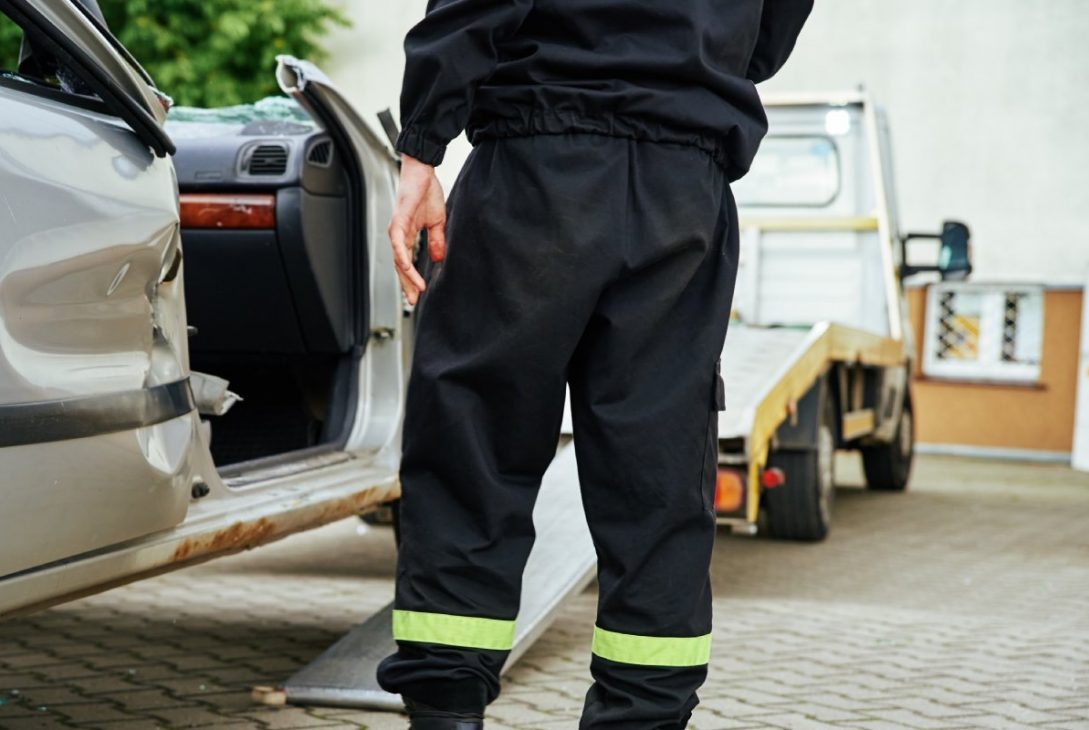Often in life, it’s the everyday things, the little things that you may not pay much attention to or think about, that you would miss the most if they weren’t there. For example, if you have a ton of heavy goods, a quad bike or ATV, or anything that you can’t lift yourself into a truck bed or similar, then you would really struggle without a loading ramp to help get the job done.
Here we will take a look at loading ramps, and what you should be looking for to find the right ramp for you.

What is a loading ramp?
In essence, a loading ramp is an inclined plane that you use to get items on or off a higher level. This can be a vehicle such as a truck or a lorry, a container, or even into a shop or warehouse that is higher than the level on which your heavy items sit.
A loading ramp needs to be sturdy and secure – you cannot just use any piece of wood or metal and prop it up yourself, or you could find yourself at risk of a serious accident, or at least severe damage to the goods you are trying to move.
Many Lorries and similar vehicles will come with their own loading ramp built in, which has to be pulled out and lowered to the floor each time you wish to use it. For other applications, you may need to get your own loading ramp to suit your own needs.
If you are looking for a ramp to get your all-terrain vehicle onto the back of your trailer, you may need a different ramp than if you are loading heavy-duty farm equipment or cars. Whatever your needs, aluminium ramps are the best choice for loading ramps across the board.
Aluminium is hugely abundant in the Earth’s crust, and can be upcycled and so is a greener choice than many other materials. It is also lightweight and durable, making it an ideal choice to make loading ramps out of.
You can have portable loading ramps that go where you need, rigid ones that you can lower or even folding ones that are even easier to transport. You can also of course have ones that remain in situ and aren’t carried around from place to place, it depends on your loading requirements.
Safety is paramount when working with anything heavy, and especially when you are loading these heavy things onto a vehicle or into a container. An improperly set up ramp, or one that is weak, unsecured, or has any other issue, can lead to injury and even death. A vehicle could tip over, the driver could be crushed, and so much more could go wrong.
That is why you should only buy the right loading ramp for the job, follow the instructions perfectly, and set it up correctly. Whatever you need loading ramps for, make sure that you choose the best with SureWeld loading ramps, of the highest quality, to every specification, and precisely what you need every time.

How long should loading ramps be?
The simple answer to how long a loading ramp should be is: as long as it needs to be. There is no one length when the height of your vehicle, or the difference in levels between the ground and where you wish to load your goods into, will change so drastically in different situations.
The height you are off the floor changes entirely the length of your ramp. If you have a standard truck that you are looking to load your ATV into, you can go for as short a ramp as 8 feet, but if it is any taller, then 9.5 or 11 feet are better.
It is better to have a ramp that is longer than needed, than one that is short and can feel a little dangerous. You will also need to consider the weight of what it is that you are loading to ensure that the ramp you get can support that kind of amount.
For big lorries, you will find that many ramps are as long as 45 feet, though in general, they are likely to be between 20 and 30 feet, again depending on the height of the lorry, what you are moving and the jobs and industry you are involved in.
If you are in any doubt at all, make sure you do your research and ask the experts how long a ramp you need for your specific area, and the particular good that you are loading and unloading.

How steep should a loading ramp be?
If you are tight on space, you may have to make your loading ramp as short as possible, but in general with loading ramps the less steep, the better. A lower gradient of slope makes your loading ramp safer to use for vehicles, goods and even foot traffic. Steeper slopes can be harder to get up for forklifts, ATVs and anything else you might be loading.
If you need a steeper loading ramp then make sure it is one that has metal grates to give greater traction, such as on proper ATV ramps that help you grip and get up easier. A ramp shouldn’t be more than 20 degrees above the horizontal, but many recommend that ramps be more like 8 or 10 degrees at most.
Once again choosing the right ramp for your own situation and needs is key, so if you aren’t sure if your loading ramp is too steep then do your research and ask an experienced professional at a company like SureWeld for advice.
Final thoughts
Loading ramps are absolutely essential for loading and unloading heavy items that you cannot easily lift. Whether you are putting your ATV onto the back of a truck or loading a lorry full of goods, the right ramp can make any job go swiftly and smoothly.
Safety is essential, and a big part of that is ensuring your ramp is the right length and gradient, so as a rule of thumb remember that longer and less steep is always better.









